One of the things to keep in mind when buying Great Iron Pellets Fines is the validity of the company or mine or production, the distance between the origin and the destination for the subject of shipping costs, reasonable price and whether the transaction is formal or informal. These points must be considered when selling and buying. You can contact our experts and if you have the Great Iron Pellets Fines for sale, introduce them so that the company can be purchased if needed, or if you need the best iron pellets fines to buy, you can tell our experts that they are the best and introduce the most suitable product to you based on the company’s inventory.
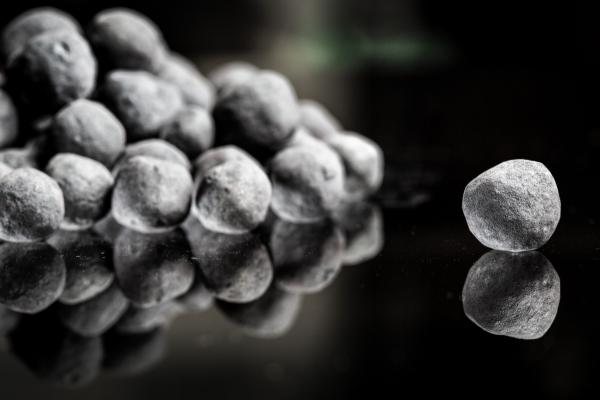
What Is the Difference between Iron Ore Lumps and Fines?
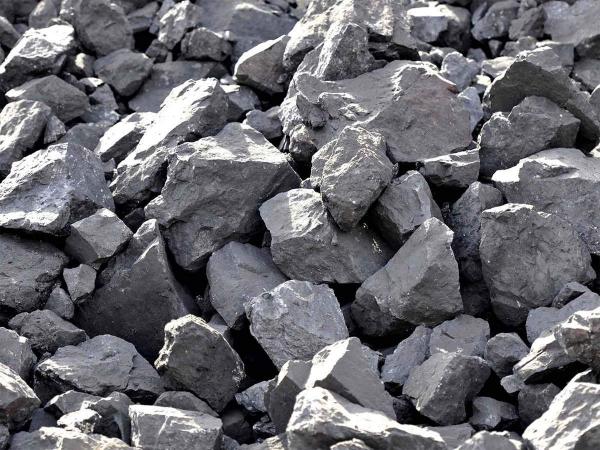 Iron ore is the raw material for steel production and 98% of the world’s mining is used to produce steel. This element, which is easily oxidized, is not very strong and its alloy is prepared using various elements, especially nickel and chromium, to increase the strength of the construction industry and the like. Since the automotive and construction industries are the main consumers of steel, so the demand for steel in these industries affects the demand and price of iron ore.
Iron ore is the raw material for steel production and 98% of the world’s mining is used to produce steel. This element, which is easily oxidized, is not very strong and its alloy is prepared using various elements, especially nickel and chromium, to increase the strength of the construction industry and the like. Since the automotive and construction industries are the main consumers of steel, so the demand for steel in these industries affects the demand and price of iron ore.
What are the benefits of calcium carbonate in iron and steelmaking? Iron ore cooking is usually purchased finely or in pellets, which are mostly composed of iron oxide. Iron ore pellets penetrate directly into the blast furnace. Iron ore fines are mixed with calcium carbonate and other minerals in an ironworks and pre-fired at low temperatures to form a cooked material, such as agglomerates that can be transferred to a blast furnace are formed. Fine-grained lime or calcium carbonate is often added to the baking mixture to help bond materials to improve efficiency and create a more stable cooking structure used in blast furnaces
The process of making iron is to reduce iron oxide to iron. Most of the world’s iron is produced in blast furnaces, which produce liquid iron. Iron oxides are usually present in the form of iron ores, which contain large amounts of impurities, especially silica. Therefore, the process of making commercial iron involves removing these impurities, usually by forming a slag with quicklime.
What Is Iron Ore Fines?
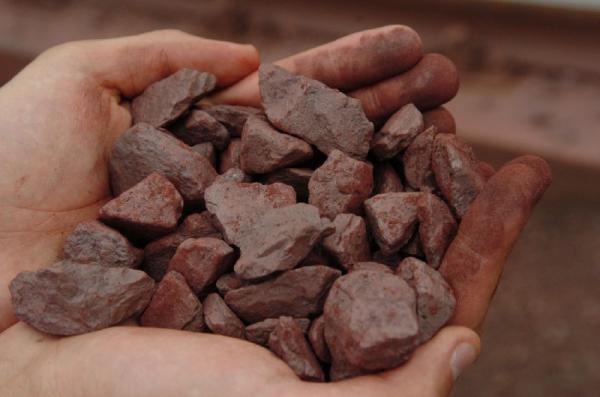 What Is Iron Ore Fines? The pellets are made of soft iron ore and other additives, which are first raw, then cooked and hardened, and in the next stage, they are regenerated in the traditional blast furnace method or in various other methods, and are used to produce iron. River. These materials obtained from iron ore are called iron ore pellet fines.
What Is Iron Ore Fines? The pellets are made of soft iron ore and other additives, which are first raw, then cooked and hardened, and in the next stage, they are regenerated in the traditional blast furnace method or in various other methods, and are used to produce iron. River. These materials obtained from iron ore are called iron ore pellet fines.
Iron ore must go through a long pre-processing stage before it can be fired (a set of steps, for efficiency and focus on low grade ores). This process varies depending on the source of the ore, but usually involves steps that We will say further. Production of iron ore fines, from finesse to final product can vary based on various factors. Likewise, it is important to note that the process described here is a general approach that is affected by many changes. In general, three stages occur in the production of fine grained iron ore:
- Preparation of raw materials or mixing
- Production of crude iron ore
- Hardening or screening stage
Super Iron Pellets Fines Price
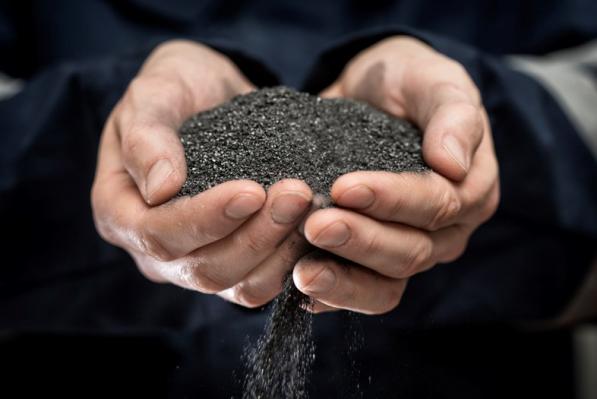 Iron pellet fines price in the world is affected by various factors and several parameters such as steel price, GDP index, crude oil price, aluminum price, gold price, interest rate, inflation rate, dollar value, stock value and iron production and Steel affects the world price of this iron product. Global prices and supply and demand are the most important factors influencing the selling price of Super Iron Pellets Fines. One of the influential variables is the increasing trend of decreasing supply and simultaneous increase of demand.
Iron pellet fines price in the world is affected by various factors and several parameters such as steel price, GDP index, crude oil price, aluminum price, gold price, interest rate, inflation rate, dollar value, stock value and iron production and Steel affects the world price of this iron product. Global prices and supply and demand are the most important factors influencing the selling price of Super Iron Pellets Fines. One of the influential variables is the increasing trend of decreasing supply and simultaneous increase of demand.
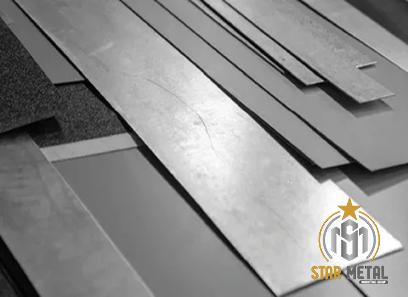
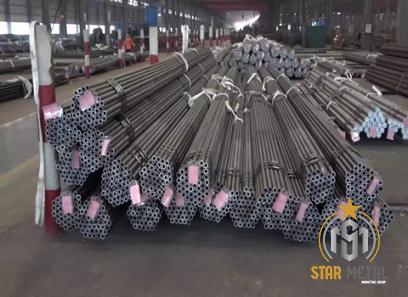
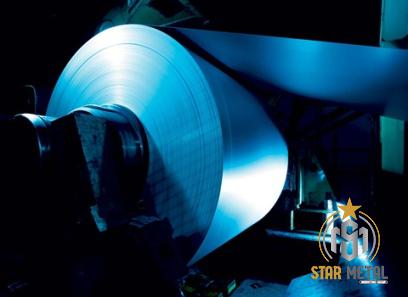
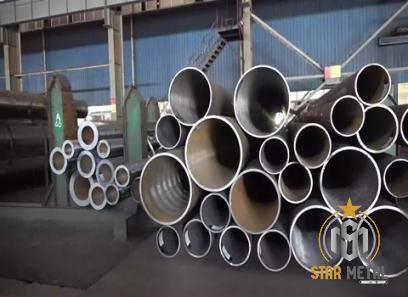
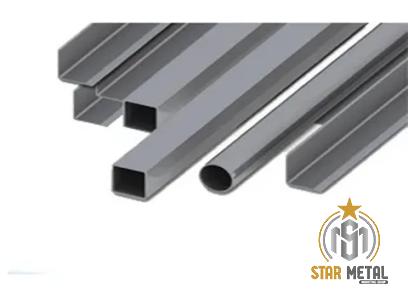
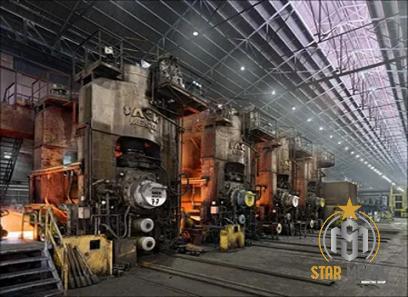
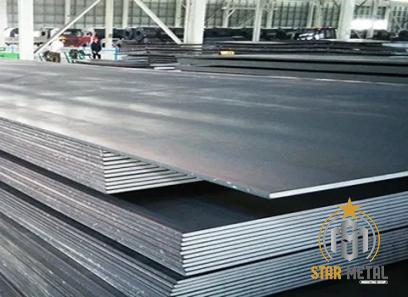
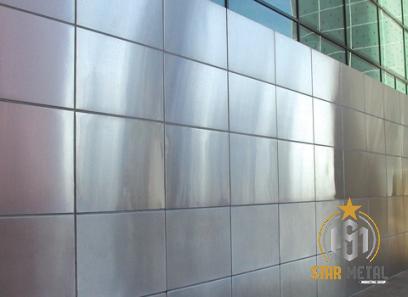
Your comment submitted.